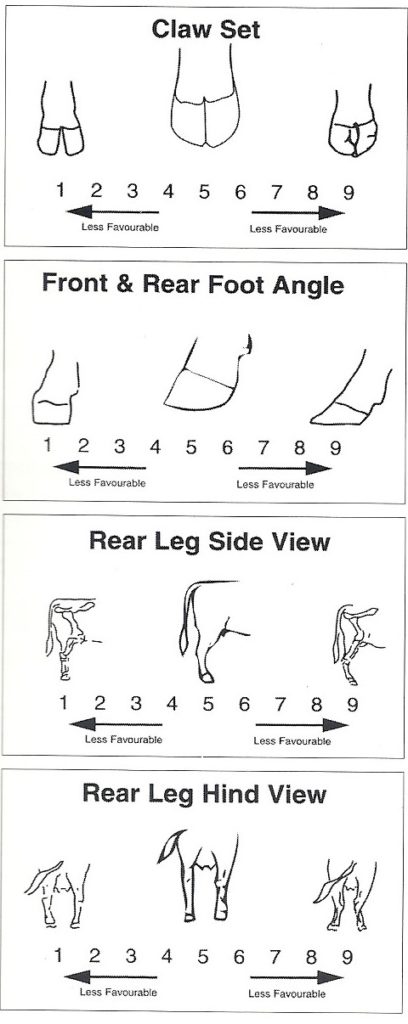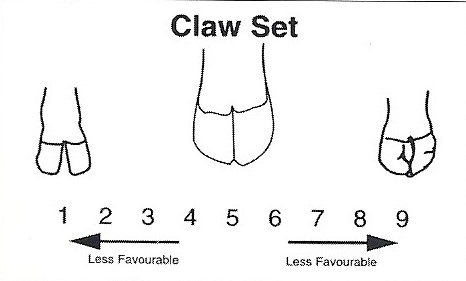TE MANIA ANGUS has been its own harshest critic on structure for decades, knowing sires it produces must have the ability to not just survive, but also thrive in a dramatic variety of geographic and climatic conditions.
Achieving that has required generations of dedicated breeding, of being one of the first in the industry to incorporate an independent structural assessor – first for sale bulls and then every animal in the herd.
Te Mania Angus co-director Tom Gubbins said the stud’s determination to make structure its priority has ensured bulls produced with cutting edge figures are bulls that will deliver, from the harsh northern pastoral country to richer high-rainfall country in the nation’s southeast and Tasmania.
Bulls that are also bred from a cowherd that has also been individually assessed.
Tom said the structural soundness traits in Breedplan are expressed as differences in the percentage of progeny that will have desirable structure for each respective trait, with higher EBVs indicating a greater number of progeny with desirable structure.
For example, a bull with a front feet angle EBV of +20 would be expected to, on average, produce 15 per cent more progeny with a desirable front feet angle than a bull with a front feet angle EBV of -10, all other things being equal.
The availability of EBVs for structural soundness has several major advantages over traditional approaches, providing a more accurate insight into how that animal will perform.
Structural soundness is a combination of inherited genetics as well as a range of non-genetic factors, such as the geographic features of the property on which an animal is raised.
With tools such as these beef producers not only have the ability to select for improved structural soundness in their beef herd it holds the entire seedstock industry to a higher standard.
Selecting animals with superior structural soundness EBVs (and avoiding those without them) is paramount to genetically improving structural traits in a beef breeding enterprise.
It follows, he said, genetic improvement for structural soundness meant selecting bulls this year that are genetically superior to those used in previous years.
By the same token it is just as important to cull any animals you currently have with unacceptable structural soundness to improve the performance of your own herd.
With bulls you risk breakdown, shorter lives and poorer conception rates – and passing all that on to its progeny.
In your cows the risk of lower performance due to the presence of structurally unsound females in the breeding herd is reduced.
Culling unacceptable soundness also ensures the genetics of any animals with unacceptable structure won’t be passed into the next generation.
But never forget when you are making selection decisions, appropriate emphasis should be given to each trait based on the relative economic importance of the trait to your enterprise.
The overall objective of any selection program must be to maximise enterprise profitability, rather than focusing on improvement of an individual trait of interest.

The Te Mania Angus cattle have been assessed since 1994, using what is now called the Beef Class Structural Assessment System.
Assessments are made using raw scores for feet and legs between 1-9. A score of 5 is ideal. A score of 4or 6 shows slight variation from ideal, but of these animals are sound. An animal scoring 4 or 6 would be acceptable in any breeding program.
A score of 3 or 7 shows greater variation but would be acceptable in most commercial programs.
A score of 2 or 8 is a low scoring animal which should be viewed with caution and inspected very closely before purchasing





